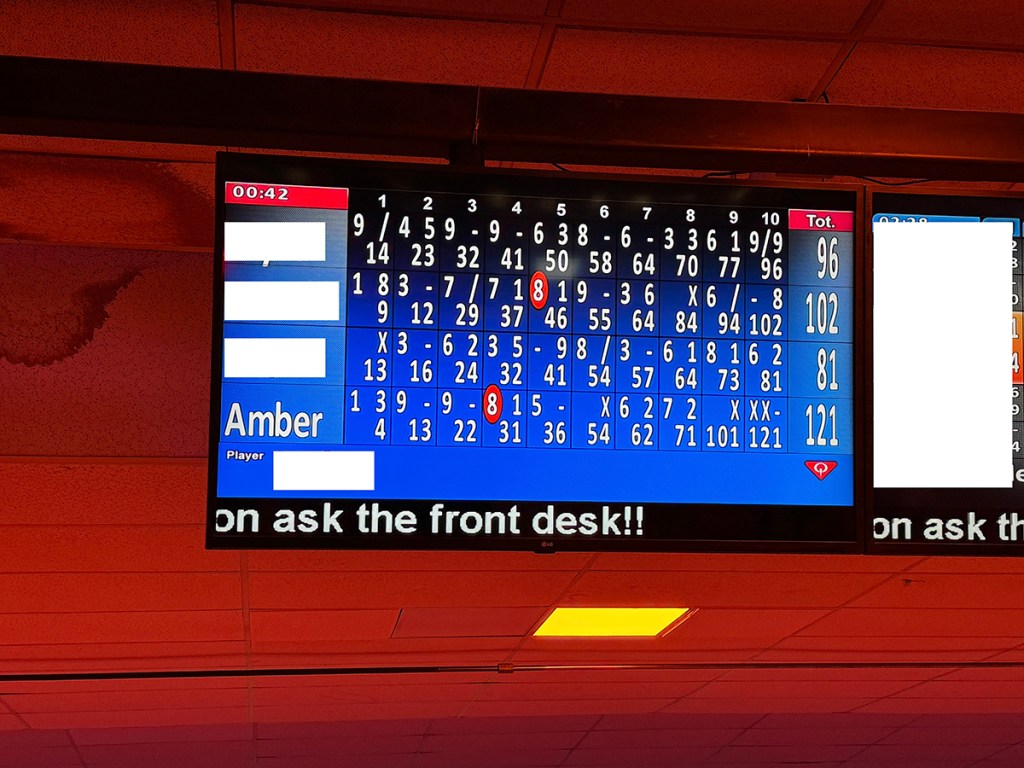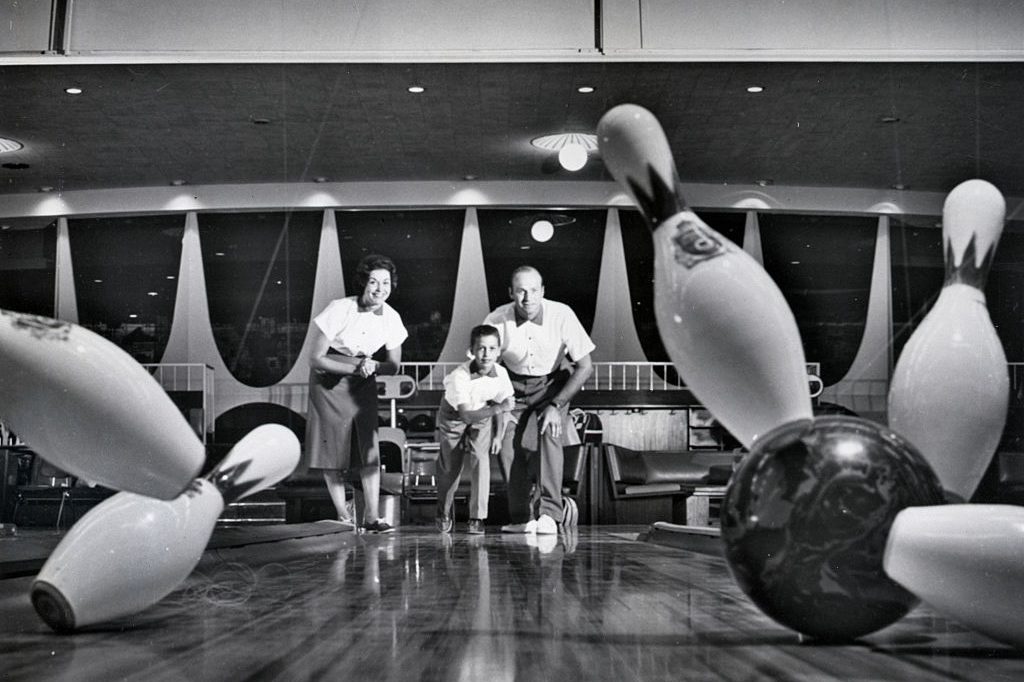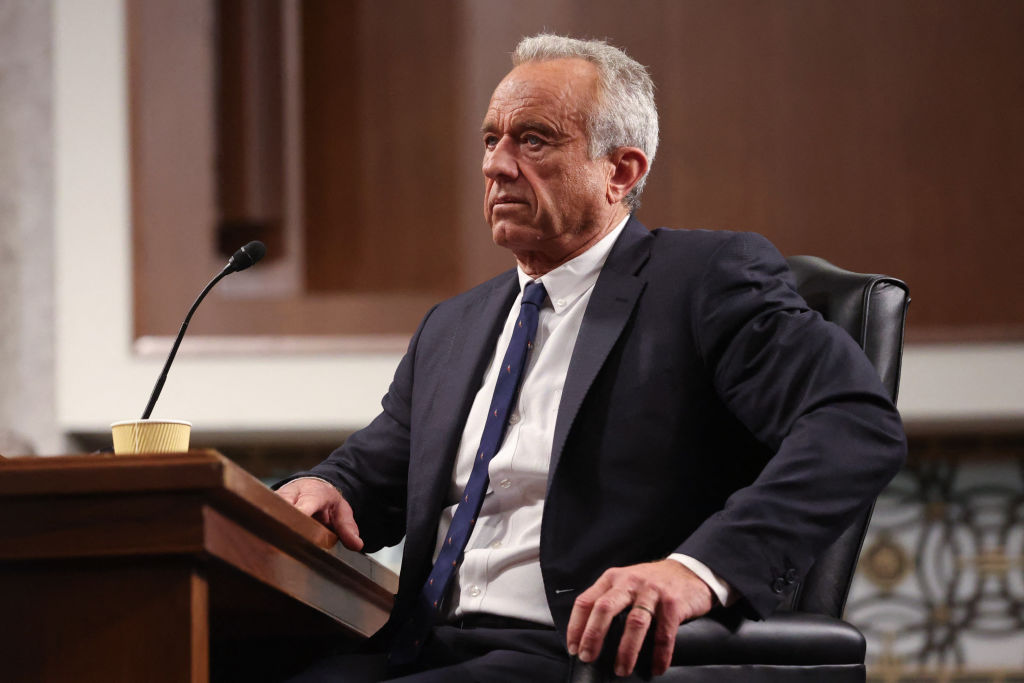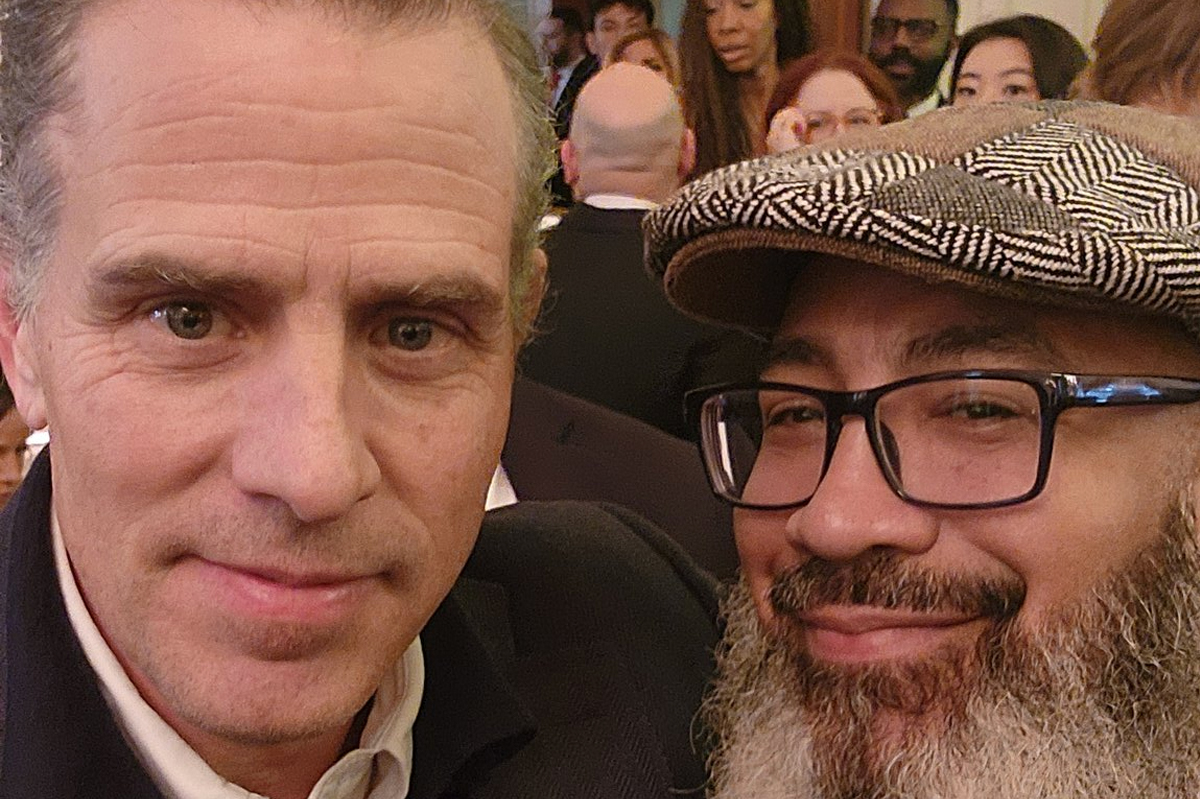It’s been about thirty years since Robert Putnam published Bowling Alone, an essay about the declining civic and community engagement among Americans. The title of the essay came from Putnam’s observation that although more people were bowling than in the previous twenty years, fewer people were members of bowling leagues. It suggested to him that people were more frequently engaging in individualized activities, which could decrease social ties. In the years since, there has emerged another threat to community-based bowling: the monopolization of the bowling industry by corporate conglomerates.
A couple of weekends ago my husband and I went on a double date with another married couple. We grabbed dinner and then went bowling. I haven’t been bowling in a long time so I was pretty excited. It was a fun night, but I was very disappointed to find out that the local Bowl America alley had been purchased at some point by a company called Bowlero.
I first became acquainted with Bowlero when I lived in Crystal City in Arlington, Virginia, because they had a bowling alley walking distance from my apartment. Bowlero is sort of like the Top Golf of bowling: it’s supposed to be more of an upscale experience than your local bowling alley. Bowleros typically have an entire floor of arcade games, plenty of overpriced food and drinks and Instagrammable decor. Some of them even have laser tag, bumper cars, darts, beer pong and full cocktail lounges. At the Crystal City location, they sell a “Nacho Avalanche,” “Fries with Benefits” and 123 fl oz alcoholic fish bowls in flavors like “Watermelon Mega Rita” and “Electric Blue Lemonade.”
This is obviously a far cry from your typical local bowling alley, that maybe had a claw game, pizza and pints of beer (never mind the sticky floors and indoor smoking). That’s because Bowlero, obviously, is more about making money than anything to do with bowling. On their website, they proudly proclaim that “bowling is just the beginning.” The natural side effect of making a bowling alley less about bowling is that you also attract people who aren’t really there to bowl. During my last outing, as the evening wore on, the Bowl America/Bowlero was overrun with rowdy groups that were drunk, vaping marijuana inside, tossing bowling balls halfway down the alley and sliding on their stomachs down the lanes. A manager made a pointed announcement that only a couple of the members of the group had actually paid to bowl. No staff actually confronted them nor threw them out, which I’ve found is quite common at chain businesses, because these groups will film the interaction and post it on social media trying to get the staff member fired. The business usually reflexively sides with the customer because they are very risk-averse when it comes to potentially bad PR. Small and independent businesses typically give their staff plenty of leeway to deal with unruly customers because their success is more dependent on building trust with repeat customers. The Crystal City Bowlero similarly devolved, by the way — the last I checked, they had a metal detector and security at the door because groups were bringing weapons in and getting into fights.
If you are someone who bowls frequently or is a member of a league, would you choose a Bowlero as your go-to spot? Or would you try to find an independently-owned alley that has more affordable prices and caters to regulars?
That choice might not exist much longer, especially if you live anywhere near a major metropolitan area. There are an estimated 3,500 independently owned bowling alleys in America. Bowlero currently owns about 350 bowling alleys and is growing rapidly. They acquired Bowl America in 2021 and also own Bowlmor Lanes, AMF and the PBA. They became a publicly traded company that same year, and the then-president promised they would come after your local alley.
“[President and CFO Brett Parker] noted here are still roughly 3,500 independently owned bowling alleys in the US, many of which could be potential acquisition targets,” CNN Business reported.
“This industry is still fragmented and ripe for roll-ups,” Parker said.
I tried to find an independently owned alley near where I live in Northern Virginia — the closest option is about an hour drive away. Everything else is owned by Bowlero, or a smaller conglomerate, Pinstripes, which owns about fifteen bowling locations around the country.
Senator Elizabeth Warren recently caused a stir when she promised to go after “Big Sandwich,” as a private equity firm looked to gobble up Subway. Allow this to serve as my formal request that we stop Big Bowling in its tracks, else we lose entirely the beloved local institutions that once brought communities together.
Finally, let the record show that I bowled three strikes in a row during that date night. Yes, I guttered the final toss. I was nervous!



























Leave a Reply